Why you need fill flash
October 13, 2009
Especially here in Germany there’s always a great discussion going on about whether it’s right to use flash for bird photography or not. In many occasions I have been confronted with akward arguments how I could dare to use fill flash for shooting birds.
The best was something like “I can use Shadow/Highlights filter in Photoshop and get the same effect”…….
To me there are two groups. One groups that doesn’t like flash shooting at all and has ethical concerns and the other group, which just says it’s bad to use fill flash, because they don’t know how to use it. I have to disagree with both. Only in rare cases I’ve flushed a bird because of my flash. This happened mostly in situations where the birds were cautious already e.g. when having larger groups of birds at a feeder. Besides that I had very few negative experiences with it. I’d even go so far to say that in most of the mentioned cases the noise of the shutter or the lens movement would have flushed the birds, too. 75 % of the birds just continue whatever they’re doing and another 20% give you a nice pose and a great headturn after the first shot. Generally, I’d say that the greater the bird, the less cautious it will be towards fill flash.
To me using fill flash is a great way of of increasing your chances to capture incredible bird images. Without flash you would often have to pack up your gear and go home, because the conditions do not allow decent images anymore. Those conditions might be shadow, bright sun light or overcast. Further down I will post a few sample images showing the great differences of using fill flash or not in the same situation.
Using fill flash saved me many images. Especially when shooting ducks I found it a great tool to show the iridescence of a drake’s head or to maintain detail in dark parts of the feathers. When shooting below trees it helps a lot to fight the shadows appearing on the birds. When shooting at my feeder I only select overcast days and use fill flash to get nicely balanced and evenly exposed images. There are hundreds of situations where using fill flash saved my day and that’s also why I write this entry. I hope to be able to at least convince people that it is a necessary and “good” tool.
Below you see some images made with and without fill flash. The difference is very obvious I’d say. The upper image would be not useable and no Photoshop tool could make a decent image out of it. Whereas the lower images show a nicely exposed image. The only difference is that the lower images were made using fill flash. The rest of the settings stayed the same. Those are just Raw cnoversions and noithing else has been applied to them
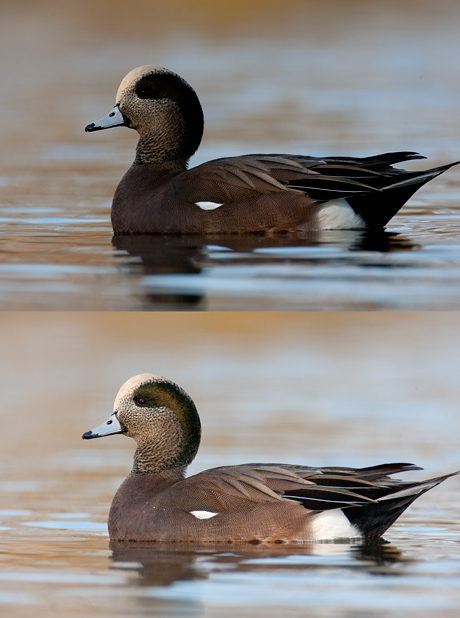
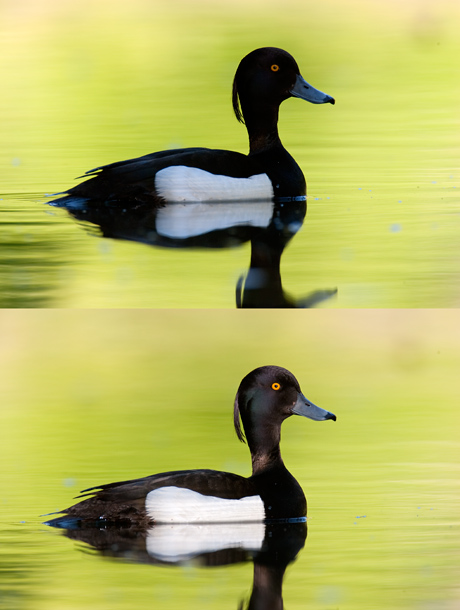
And here a final version of one of the images.
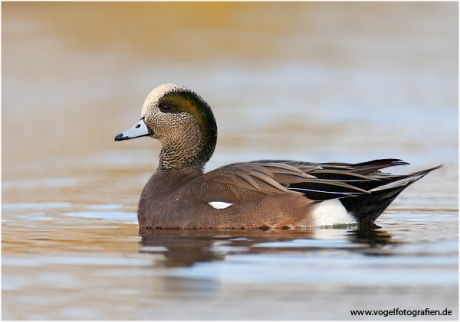
And some more images made with flash….
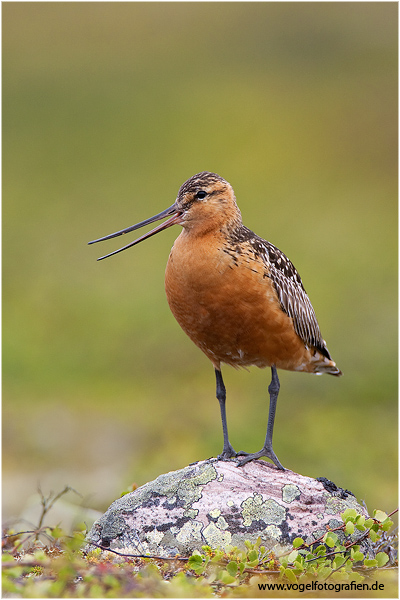
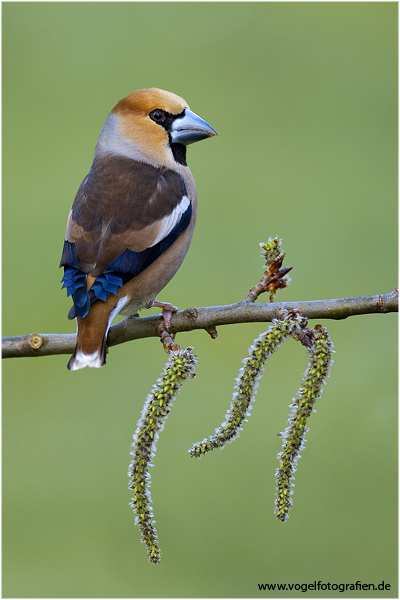
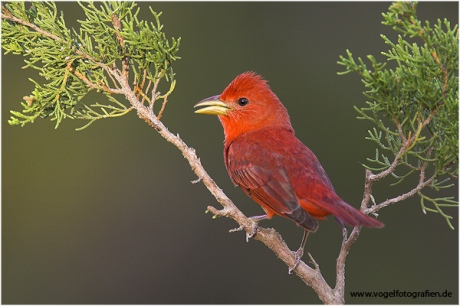
I’d love to hear your thoughts about using flash. did you have similiar experiences? Bad ones? None?
need more info? 🙂
I will write another article about the techniques and what you need.However, it’s quite simple, after you understand the basics.
Unfortunately I don’t have any experience of using flash but I see differences of images you presented and shared with me. I don’t think flash should be the reason of any avian disturbance. I also don’t think birds are flying around when storm passes over their territory.
I am sure that most of the guys has any experience of correct flash usage of any of the two groups you mentioned.
Using calls during photography could be even more dangerous if the photographer doesn’t know the behavior of the bird or he/she doesn’t know what is enough… But that is another story.
Investigate every situation carefully and decide if flash is a problem. And we all know that flash is not for main light which completely can confuse birds.
Regards, Szimi
Hi there!
Great article! I love reading your blog. I always use natural light but if I have to, I sometimes use fillflash. One thing I was wondering, how do you use the flash? Do you use the built in reflector? Direct flash? Aim it 45° up, or maybe more than 45°?
Best Regards, Joe…
[…] for bird photography … Found these on a recent thread on another forum, worth a read … Why you need fill flash JC’s Blog and this … Flash settings and Set Up JC’s Blog […]
Thanks for your personal marvelous posting! I quite enjoyed reading it, you can be a great author.
I will be sure to bookmark your blog and will eventually come back in the future.
I want to encourage that you continue your great work, have a nice morning!
I’ve been browsing online more than three hours these days, but I by no
means discovered any attention-grabbing article like yours.
It is pretty worth sufficient for me. In my opinion,
if all website owners and bloggers made just right content material as you
did, the net might be much more helpful than ever before.
Were i live in Australia we have a setup bird bath and without would not get many shots as we shoot from deep shaddows towards the bird bath and use the flash in manual mode and power it down and have a softbox as well and get some very good results your blog is great and full of good info love it
regards Bob McNeil